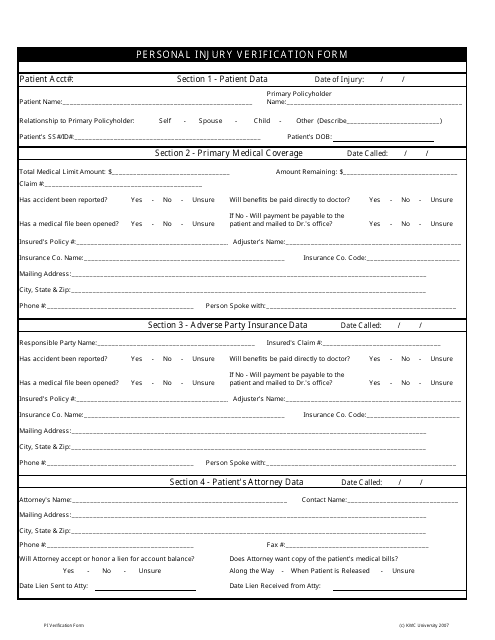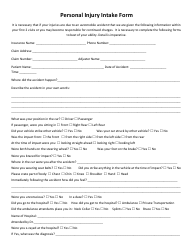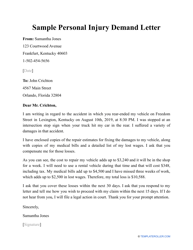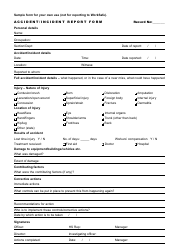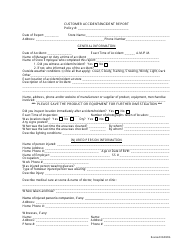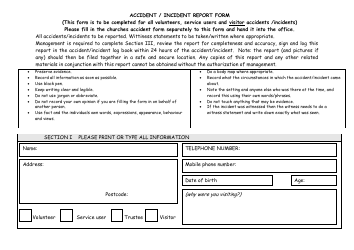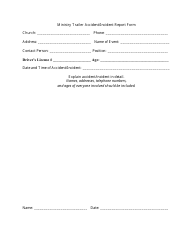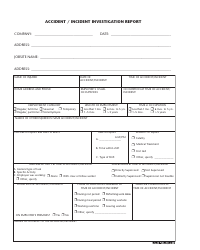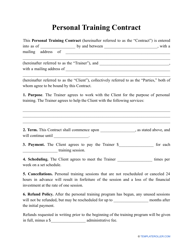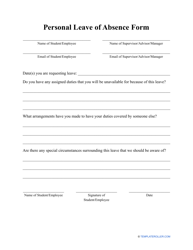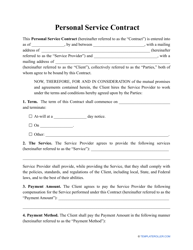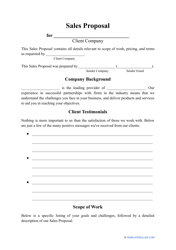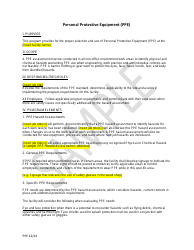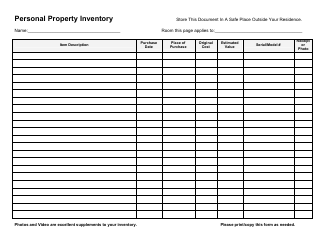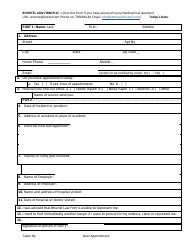Personal Injury Verification Form
The Personal Injury Verification Form is used to document and verify details related to personal injuries sustained by individuals. It is generally used in insurance claims or legal proceedings to ensure accurate information about the injury and the circumstances surrounding it.
The injured person or their legal representative typically files the Personal Injury Verification Form.
FAQ
Q: What is a Personal Injury Verification Form?
A: A Personal Injury Verification Form is a document used to collect information about a person's injury in an accident or incident.
Q: Why is a Personal Injury Verification Form important?
A: A Personal Injury Verification Form is important because it helps gather necessary information for filing a personal injury claim or insurance claim.
Q: What information is typically included in a Personal Injury Verification Form?
A: A Personal Injury Verification Form usually includes details about the accident or incident, the injuries sustained, and the contact information of the injured person.
Q: Who typically fills out a Personal Injury Verification Form?
A: The injured person or their representative, such as an attorney, typically fills out a Personal Injury Verification Form.
Q: What should I do if I'm asked to fill out a Personal Injury Verification Form?
A: If you're asked to fill out a Personal Injury Verification Form, provide accurate and truthful information about the accident, your injuries, and your contact information.
Q: Can I refuse to fill out a Personal Injury Verification Form?
A: While you have the right to refuse filling out a Personal Injury Verification Form, it may affect your ability to file a personal injury or insurance claim.
Q: Is a Personal Injury Verification Form the same as a medical release form?
A: No, a Personal Injury Verification Form is different from a medical release form. A Personal Injury Verification Form focuses on the details of the accident and injuries, while a medical release form authorizes the release of medical records.
